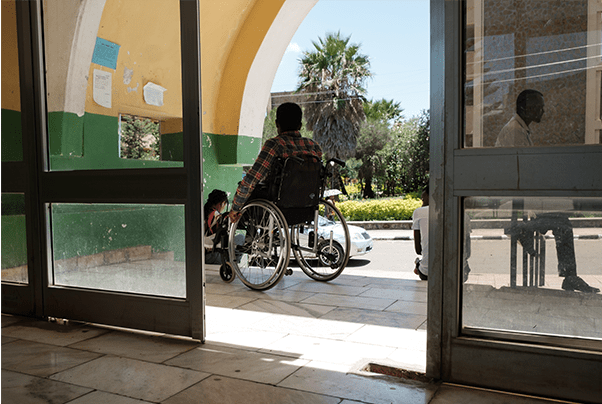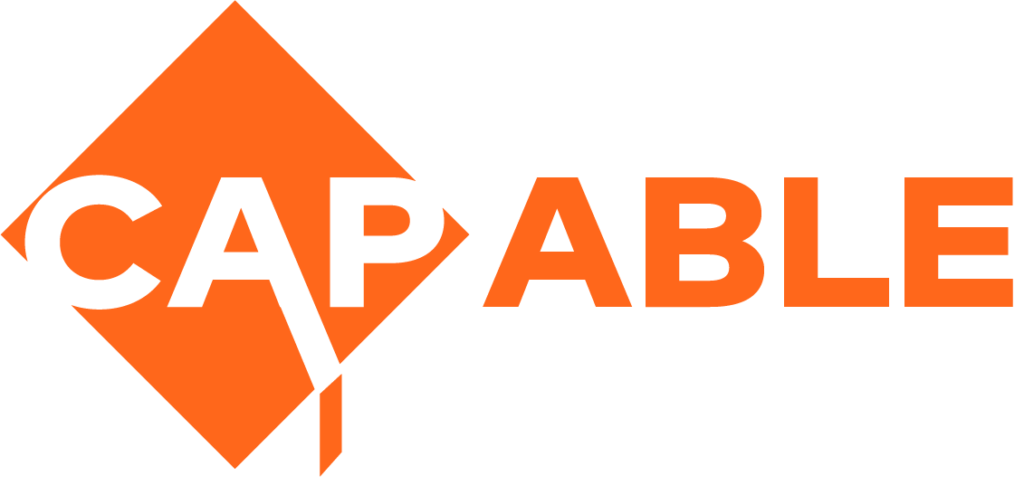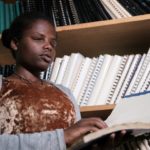< 1 minute read

Responsibilities of Education Institutions
Educational institutions have the responsibility of ensuring that all learners including persons with disabilities have equal access to all facilities and services. Technology can play a role in accommodating different disabilities.

For students with visual impairment (blindness or low vision)
The most important requirement of such students is availability of reading material in accessible formats. Therefore, the institutions must ensure that:
- Accessible reading and writing facility for the VI in a separate room or within the library. This may require procurement and deployment of assistive technology described elsewhere on this site.
- Facilitate provision of books in alternate/accessible formats.
- Provision of laptops/eBook readers/Note-takers to those students who cannot afford them.
For students with mobility impairments
- Barrier free access to library computers and computer labs.
- Provide accessible reading services to students with physical impairments that make it hard for them to hold a book or turn the pages.
For students with hearing and speech impairments
- Provision of hearing loops in classrooms and learning spaces.
- Use of captions on video resources and in online sessions.
- Availability of Sign Language Interpreters for the students in online lessons and tutorials.
The above mentioned facilities are the minimum basic facilities that can be provided to students. Depending upon the availability of resources the institutions should consider the special needs of other students with different disabilities or with varying degree of disability.






